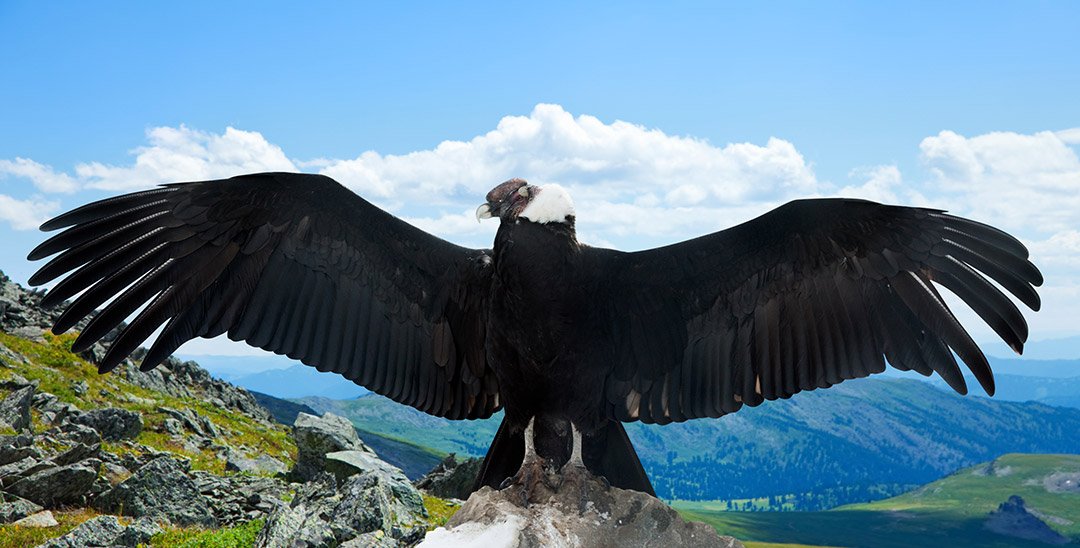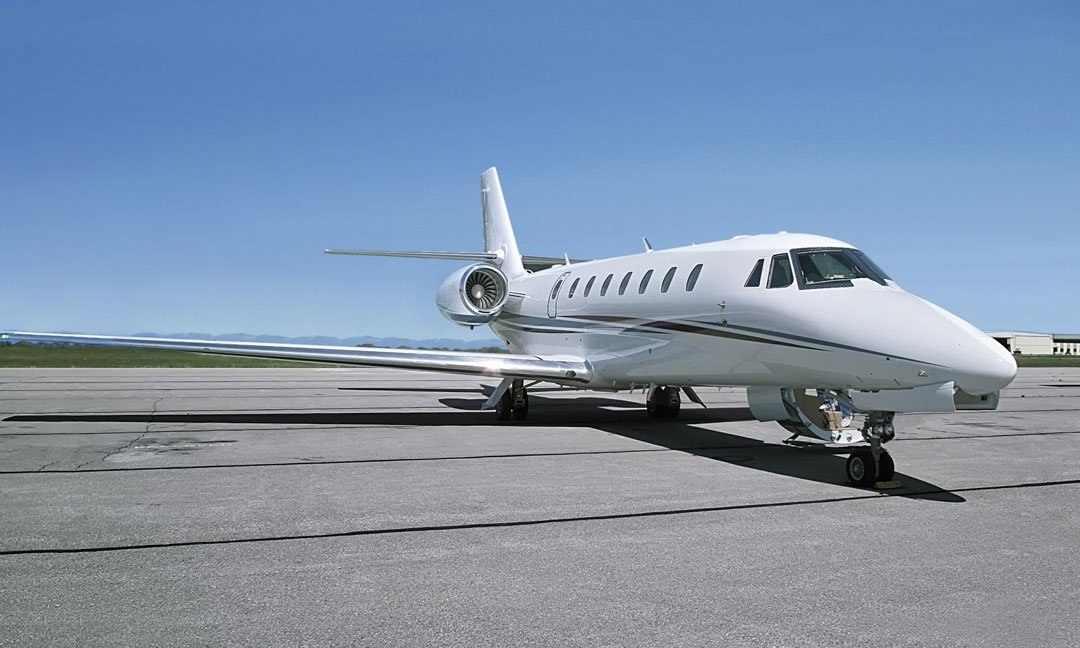January, 2022
Reading Time: 3 minutes
Table of contents
Flying has a lot to do with gravity, because in order for an aircraft to take off, the pull exerted by the Earth must be overcome. In nature, birds show us how it's done, and they do it by being light.
Even one of the largest flying birds in the world, the South American condor, is very light in relation to its size. The condor reaches a height of over one metre, from talons to head, and has an impressive wingspan of about three metres. And yet, a fully grown male weighs only about 12 kg.

The secret is therefore the correct ratio of the lift surface. However, humans have found a way to increase the take-off weight without increasing the wing area or lift surface by using an appropriate engine. With the invention of jet engines, things became possible in aviation that were previously unthinkable. However, the weight of an aircraft continues to play a central role, and that also goes for private jets.
How much do private jets weigh?

The question of the weight of a private jet cannot simply be answered by knowing the mass of the aircraft in question. Flying is a very complex process. When we talk about a private jet’s ‘take-off weight’, this is made up of six different weight units that are determined for each aircraft:
Empty Weight
< Basic Weight
< Dry Operating Weight
< Zero Fuel Weight
< Ramp Weight
< Take-Off Weight
However, all these intermediate stages, from the empty weight to the take-off weight, are not only about the pure mass, but also about its distribution in the aircraft, so that an unstable flight attitude can never arise. During a flight, the aircraft's weight changes due to the consumption of fuel and lubricants. This means that what is known as the Planned Aircraft Landing Weight must also be calculated.
It also includes reserves, and the landing weight is the basis for the cruising altitude, the range and amount of fuel taken in for the flight. We often hear planes described as short, medium and long-haul aircraft. In fact, the weight, or the Maximum Take-Off Weight (MTOW) of the respective private jet is the deciding factor for its performance.
What is MTOW and how is it calculated?
When the landing gear of an aircraft leaves the ground during take-off, the aircraft is only allowed to have a particular take-off weight, the Maximum Take-Off Weight (MTOW). The MTOW is determined by the structural strength of the respective aircraft, for which the manufacturer is responsible.
The structural strength is calculated and determined on the basis of the so-called g-forces as well as the lifting force, from which ‘n’ is obtained, the load factor that affects all parts of an aircraft. This is also referred to as the G-factor. This further determines the maximum permissible flight manoeuvres of an aircraft, for example when turning, or when gusts of wind occur during take-off or landing.
When an aircraft manufacturer builds a private jet, its structural strength and its load factor are the basis for calculating the MTOW, which in turn is composed of the weight units listed in the preceding paragraph. In the final analysis, the MTOW, defined by the manufacturer and certified in Europe by the European Union Aviation Safety Agency (EASA), prevents an aircraft from being overloaded, as demonstrated in the following three examples:
- Honda HA-420 Hondajet = 4,845 kg (10,700 lb) MTOW
- Bombardier Learjet 45 = 9163 kg (20,200 lb) MTOW
- Dassault Falcon 7X = 31,300 kg (69,000 lb) MTOW
The aircraft types listed above with their respective MTOWs are typical representatives of their classes of private jets and are discussed in more detail in the following paragraphs.
The differences between a Light Jet, Midsize Jet and Heavy Jet

A light jet or light business jet is a jet aircraft for a maximum of five to six passengers. These include the Honda HA-420 Hondajet. This Honda light jet seats six passengers and has a maximum range of 2,600 kilometres at a cruising speed of 680 km/h.
A midsize jet is designed for five to ten passengers. For example, the Bombardier Learjet 45 for a maximum of nine people. The range of the Learjet 45 is around 4,000 kilometres and the cruising speed is 800 km/h. Unlike most light jets, midsize jets usually have an on-board lavatory.
A heavy jet can carry up to 18 passengers. One example is the Dassault Falcon 7X. Up to 14 passengers can be transported at least 11,000 kilometres in a Falcon. The cruising speed is 850 km/h. Due to the large amount of space available in the Falcon 7X, it is possible to accommodate a galley kitchen and two toilets, depending on how it’s fitted out.
By the way, the largest class of private jets is the ‘airliner 50+’, because even an Airbus A380 can be hired for private purposes. Its MTOW is 569 tons, equivalent to 117 Honda HA-420 aircraft. The jet used simply depends on the intended purpose – anything is possible.
CONTACT US NOW
You can reach our experienced and reliable team at any time. Feel free to contact our 24-hour service via:
- Telephone +49 (0) 202 / 75 88 69 79
- Email info@deutsche-privatjet.com
- Our Contact form











